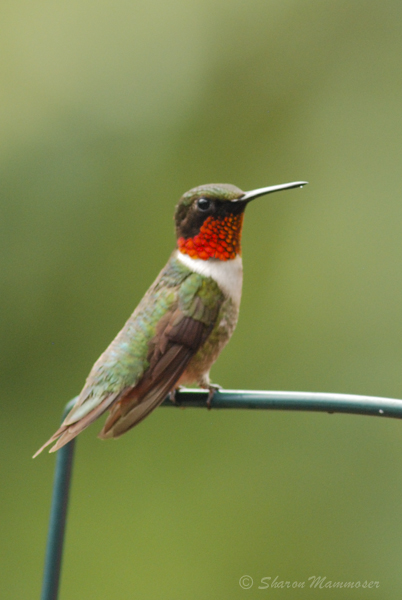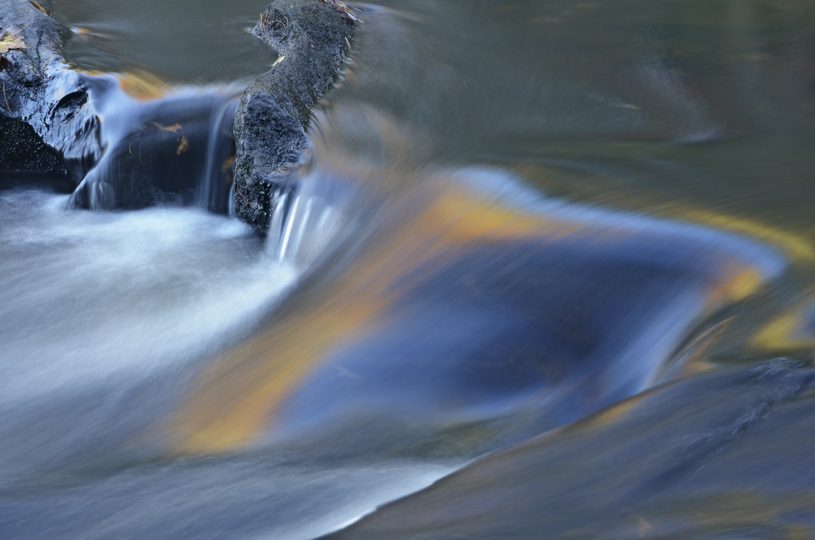Summer is in full swing and that means lots of hummingbirds at the feeders, which is awesome for those of us who love watching them. Such joy they bring to my life! I hope you feel the same!
 Did you notice anything odd about this hummingbird? Look closely at its neck and you will notice ONE tiny red feather! As well as a lot of black streaking on the neck. This is an immature male ruby-throated hummingbird who hasn’t gotten his red gorget yet. (a gorget is just a patch of color on the neck, in this case bright red) Immature males will not get their lovely red throat patch until their first winter. So during the summer and into fall it is often challenging to determine the sex of the visiting hummingbirds. Immature males like this one often have a noticeable “five o’clock shadow” or streaking on their necks and may have one to a few red feathers.
Did you notice anything odd about this hummingbird? Look closely at its neck and you will notice ONE tiny red feather! As well as a lot of black streaking on the neck. This is an immature male ruby-throated hummingbird who hasn’t gotten his red gorget yet. (a gorget is just a patch of color on the neck, in this case bright red) Immature males will not get their lovely red throat patch until their first winter. So during the summer and into fall it is often challenging to determine the sex of the visiting hummingbirds. Immature males like this one often have a noticeable “five o’clock shadow” or streaking on their necks and may have one to a few red feathers.
It is not possible to see a “baby” hummingbird at your feeder, though many people think this is what they are seeing when the birds seem so small! But hummingbirds ARE small, at about 3 inches from the tail to their beak. When birds leave the nest, be it a hummingbird or an eagle, they are already full grown. So when one visits your feeder, it cannot be a baby.
As adults, the sexes are dimorphic, meaning they are recognizably different. Males have no white on their tails and have a notable red gorget that shines in the sun but may appear black in the shade or when viewed from the side. Females are typically 15-25% larger than the males. Females lack a gorget and have white tips on their outer 3 tail feathers.
If you enjoy watching them and put out feeders, don’t forget to wash the feeder regularly to prevent mold build-up.
Also, PLEASE don’t use red food coloring as this may be harming the birds! and is totally unnecessary. Instead just mix up 4 parts of water to one part regular white sugar.
Do you know how fast hummingbirds beat their wings each SECOND? Or what they can do that no other bird can do? Do you know what they use to make their nests? Or how far they travel each winter? Or where they go and how they get there? Do they ride on the back of other birds? To learn the answers to these and more questions, click HERE for this week’s Creature Feature on the Ruby-Throated Hummingbird–one of nature’s most fascinating animals! Also to learn more about attracting hummingbirds to your yard, CLICK HERE.
Resources: Operation Ruby Throat


1 thought on “Weekly Puzzler Answer #14”
Comments are closed.